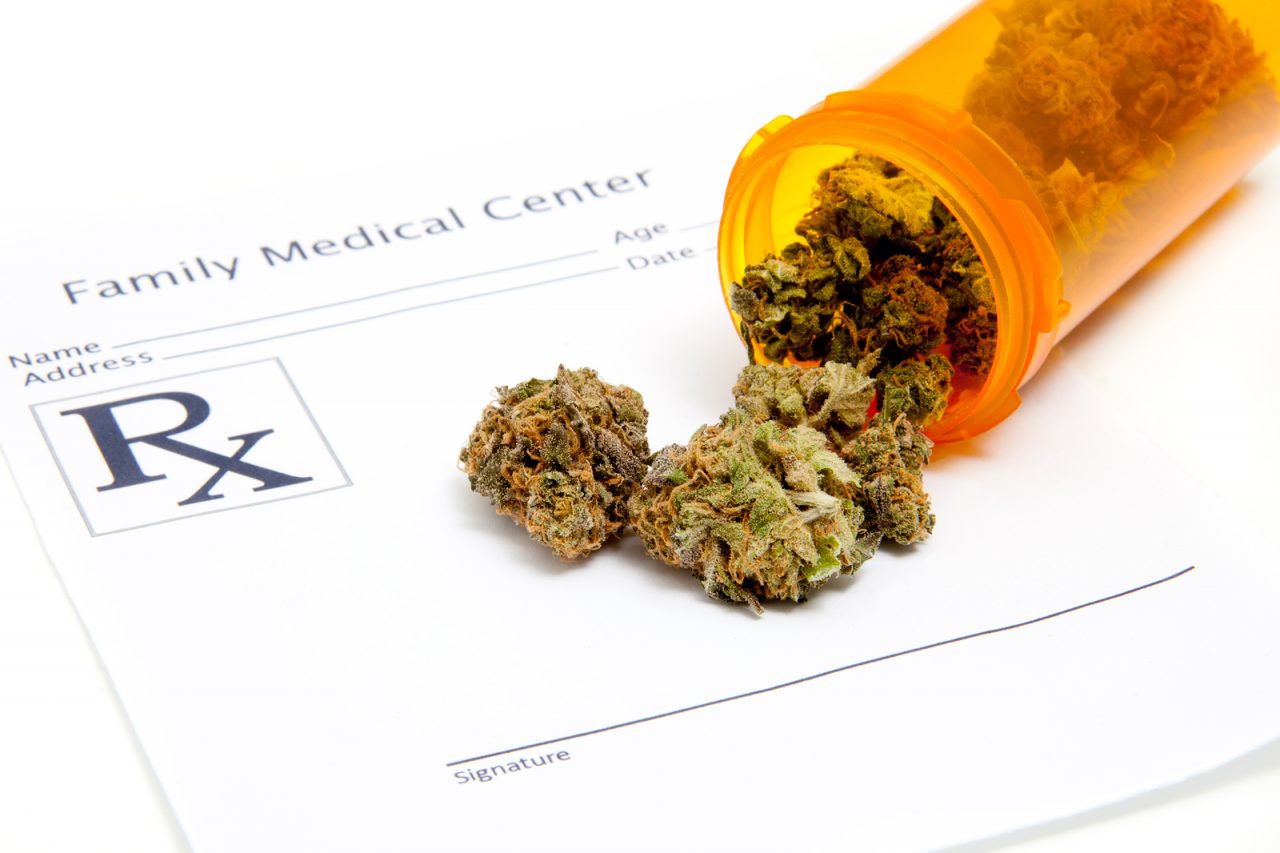Not long ago a man in our practice died of a disease he never expected. Breast Cancer. His death was accented by the recent presentation of the largest study to date of male breast cancer. 13,457 men with this illness were followed, more than 50% if all cases in the United States for the last 10 years. While breast cancer in men is uncommon, with a life time risk of 1:1000, versus 1:8 for women, these deaths are still tragic and it is worth a few moments to discuss this disease.
The most disturbing finding of this new study is that contrary to what was previously believed, men with breast cancer have shorter average life spans than women. It is the belief of the lead investigator, Dr Jon Greif, who presented the study at the American Society of Breast Surgeons annual meeting, that the difference is not in the cancer itself. Rather it seems to be a lack of awareness of the illness. Many men do not even know they can be afflicted with breast cancer. Nonetheless, breast cancer affects over 2000 men yearly in the United States, with approximately 500 deaths.
There are several risk factors for male breast cancer. In men with Jewish background, there is an increased risk if there is breast cancer in the family. Men that carry the breast cancer gene (BRCA1 or BCA2) have up to a 15% lifetime risk (as apposed to 0.5% without). Other genetic abnormalities such as Klinefelter’s, Cowden’s and Lynch Syndromes increase the chance a man will get breast cancer. Men that have breast enlargement (gynecomastia), which is often related to medications, are more likely to be affected. Testicular problems such as recurrent infections, injury and undescended testes may increase the cancer risk, probably by changing hormone levels. It appears that cirrhosis increases male breast neoplasms. Men who have had breast cancer in one breast, are more likely to get cancer in the opposite breast.
Breast cancer cells in men are the same basic type as in women. However, while women get ductal, lobular and non-invasive breast cancer (in situ), men generally only get ductal malignancy. Female breast cancer is “estrogen receptor” positive 65% of the time, meaning estrogen stimulates its growth. In an apparent contradiction, male breast cancer is stimulated by estrogen 90% of the time, and not at all by testosterone.
Male breast cancer grows in men, just as in women, as a painless, hard mass. The tumor usually grows behind the nipple, while in women it is more likely to grow towards the outer edge of the breast. Unfortunately, because men are generally slow to recognize the problem and get assistance, the tumors are frequently large by the time they are treated. As in women, black patients have poorer prognosis then whites. There is little data on prognosis in the Latino population.
Treatment of breast cancer in men follows the same basic rules as in women. While most men undergo removal of the breast (mastectomy), it is possible in some men with larger breasts (and smaller tumors) to treat with lumpectomy. All men who elect to save their breast must be treated with radiation. After surgery, men may require chemotherapy and/or hormonal therapy. This insurance or “adjuvant” treatment is to prevent the growth of microscopic cancers elsewhere in the body. More intensive treatment is given depending on the size and aggressiveness of the original cancer.
At this time, there are no recommendations in men for routine screening using mammograms or monthly self-breast exams. If a man has any of the risks noted above, he should speak with his doctor and request professional breast examination as a part of routine checkups. If a man does feel discomfort, swelling or a lump in or near his breast, he should seek medical attention. While uncommon, this illness happens right here in our community and being aware of that risk is the best protection.






Comment